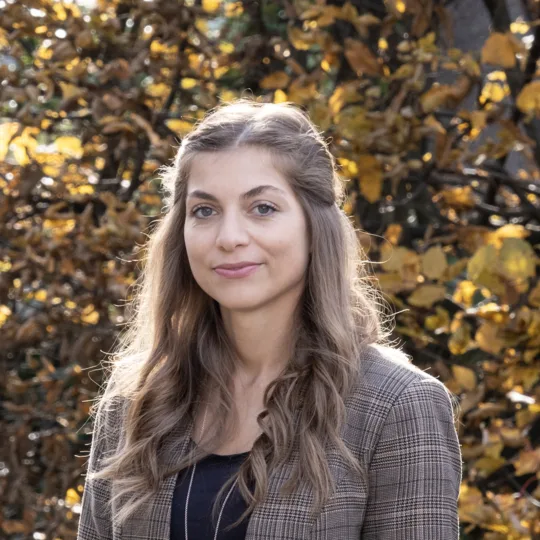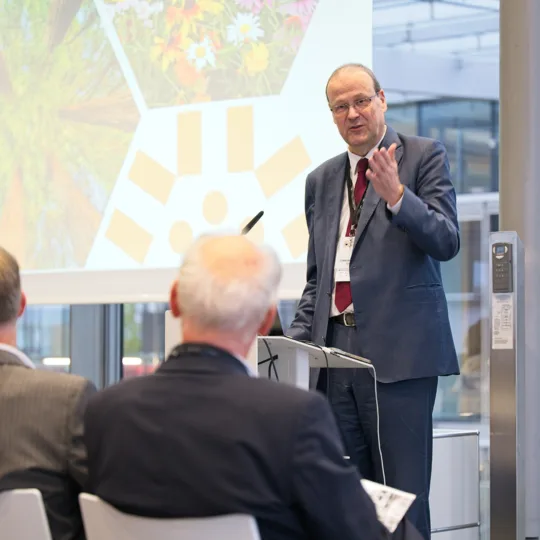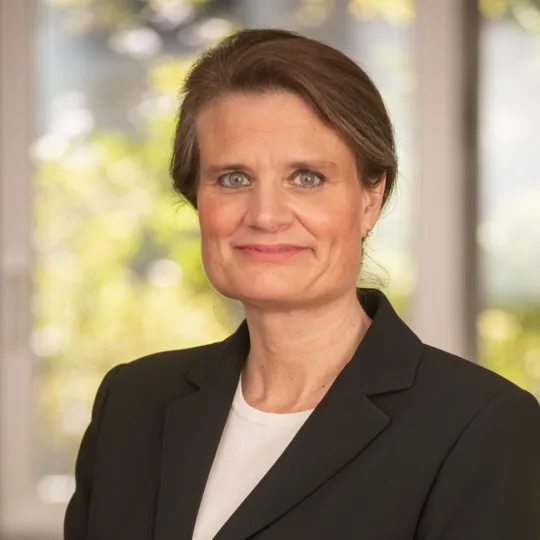France is the most popular destination country for HES-SO students
Spending time abroad during their studies allows young people to develop their intercultural, linguistic and technical skills. The International Relations Office at HES-SO advises students on opportunities to work and study outside of Switzerland. In this interview, Lucile Candaux tells us more about her work.

What do students need to do before contacting your office about exchange options?
HES-SO Master's students can take part in a study abroad programme (spending one or two exchange semesters at a partner institution) or can do an internship abroad at a company or institution as part of their Master's thesis. In both cases, students need to obtain approval from their director of studies. Once everything has been discussed and approval granted, the director of studies will put students in touch with our international relations office to set the administrative process in motion for the exchange in question and fill out the various forms.
Generally speaking, how long does it take to prepare for an exchange?
It is always best to plan ahead when preparing for an exchange; I would say that the process should start between six and seven months before the planned departure date. It all depends on whether the exchange will take place in Europe under the Swiss-European Mobility Programme (SEMP) or outside Europe, In the latter case, additional steps may be required to obtain a visa, which can take time.
What factors make people more likely to spend time abroad?
In conversations with students, they often express a desire to experience life in another country, to discover and immerse themselves in another culture.
How have exchange requests evolved at the HES-SO? Are there any differences from one field of study to another?
As far as the SEMP is concerned, outbound exchanges have rebounded since the COVID-19 pandemic and have even surpassed pre-pandemic levels. Inbound exchanges saw a sharp rise immediately after the pandemic but have now either levelled out or are falling at the moment – though they remain well above pre-COVID levels.
As far as exchange programmes outside Europe are concerned, numbers dropped sharply in 2019 and 2020 due to the pandemic but are now gradually recovering. However, outbound exchanges have not yet returned to pre-pandemic levels.
About
Lucile Candaux is the international relations officer at the HES-SO Master, which is a training entity offering eight master's degree programmes to qualify students for specific professions. It works with the various HES-SO schools and, in some cases, with other universities of applied sciences and cantonal universities.
Which fields of study draw the most exchange students and for what destinations?
For exchanges under the SEMP, the Economics and Services branch leads the pack in terms of exchanges. The most popular destinations are Spain and Germany. Across all fields of study, France is the top destination.
For exchanges outside of the SEMP, the Health branch (particularly nursing) is the field of study drawing the highest level of demand for exchanges. The top destinations are Canada and countries of the Global South such as Madagascar, Cameroon, Togo, Senegal and Kenya. Internships lasting less than two months, which are not covered by SEMP mainly take place in France.
For inbound exchanges, which fields of study draw the most foreign students? What are the main benefits for our education system?
Engineering and Architecture as well as Economics and Services are generally the most popular fields of study for incoming exchange students.
The studies themselves become a source of personal enrichment as students contribute their different experiences and express diverse perspectives. Inbound exchange students also give our students the chance to interact with people from different cultures who have different viewpoints, without having to venture outside their home environment.
What improvements would you like to see in the implementation of international mobility and cooperation?
We support Switzerland's association to Erasmus+ in 2027. This will require guidance from the national agency Movetia as well as training courses to learn about the new European instruments. In addition, it would be desirable for the transition from SEMP to Erasmus+ to be carried out as efficiently as possible from an administrative standpoint, given that we would be joining the programme in its final year and that administrative aspects, in particular agreements, will need to be renewed for the 2028–2034 programme generation. Clarity with regards to transitional measures and orientation will therefore be key factors in facilitating this development, which the HES-SO strongly supports.
Aims of the Confederation and the cantons
The Confederation and the cantons share the same vision of mobility in education, namely that all young people should take part in a long-term exchange or mobility programme in Switzerland or abroad at least once during their studies or when transitioning to working life. The Confederation contributes to this objective by promoting international mobility and cooperation in education.
Contact
Author



